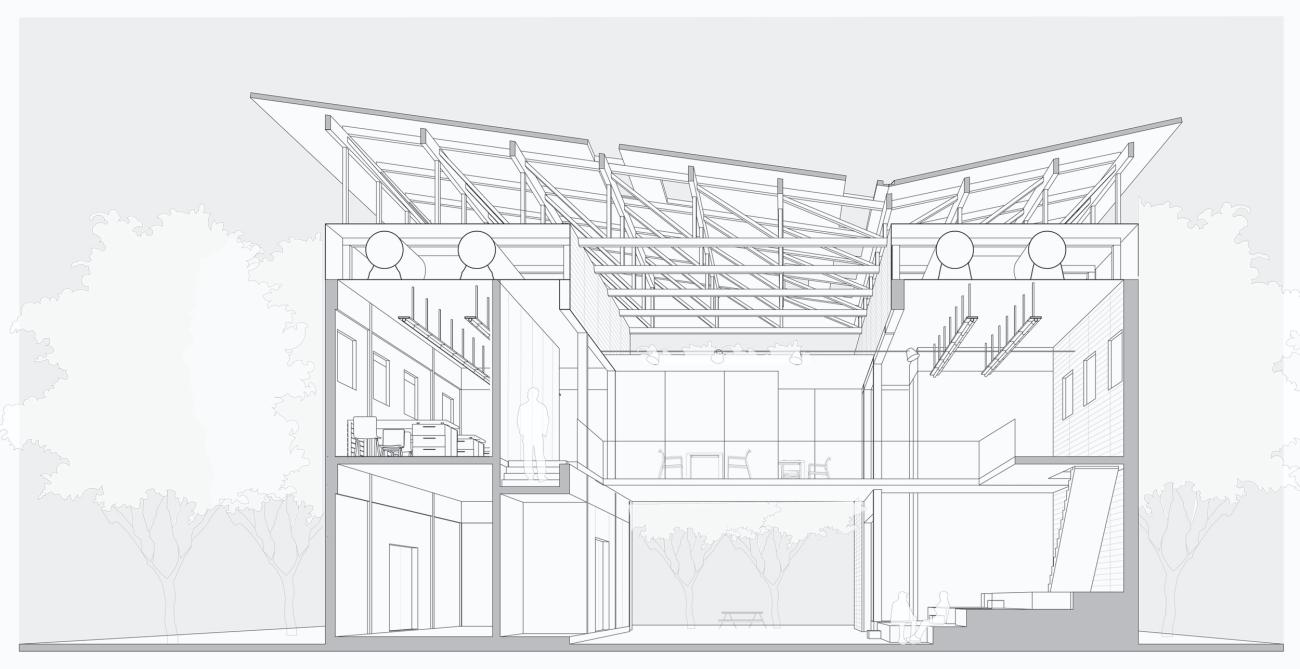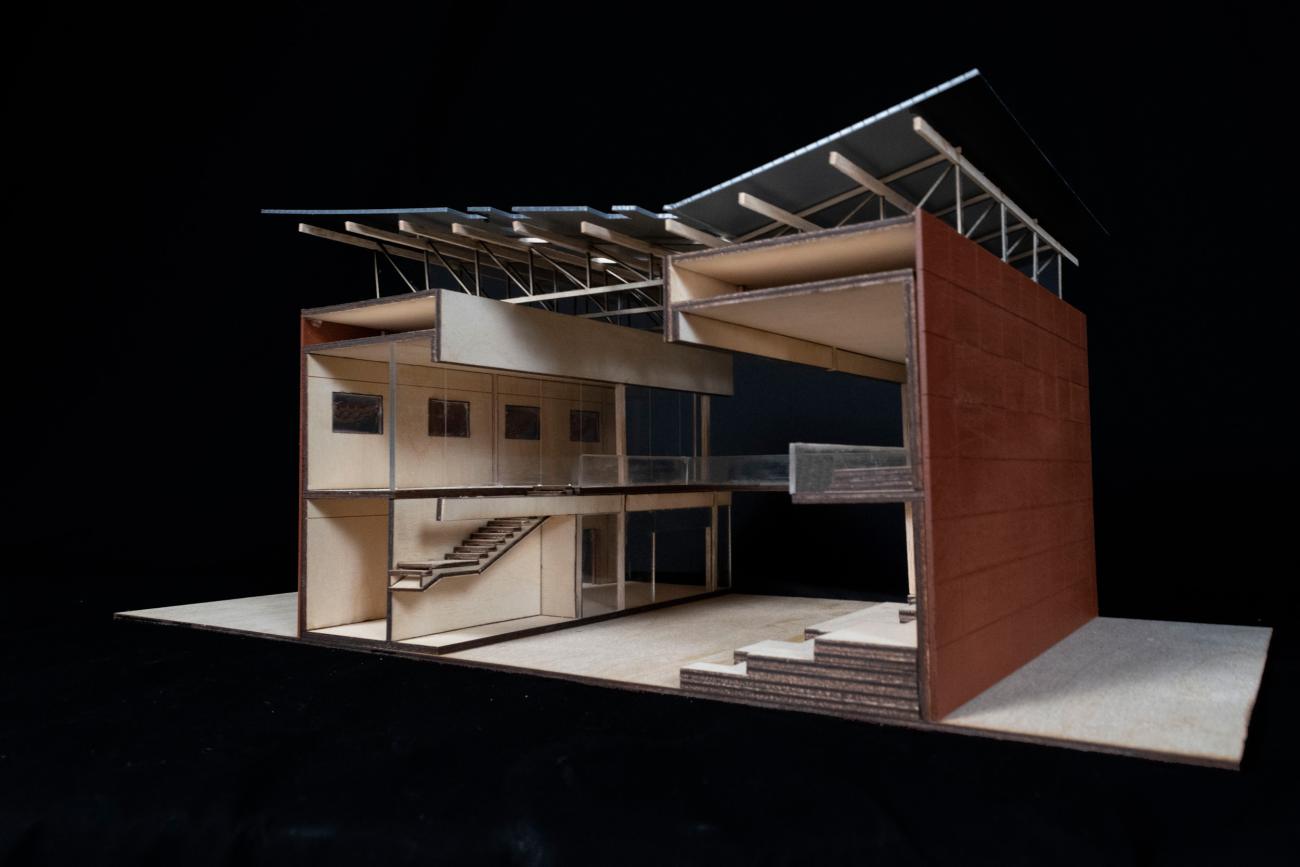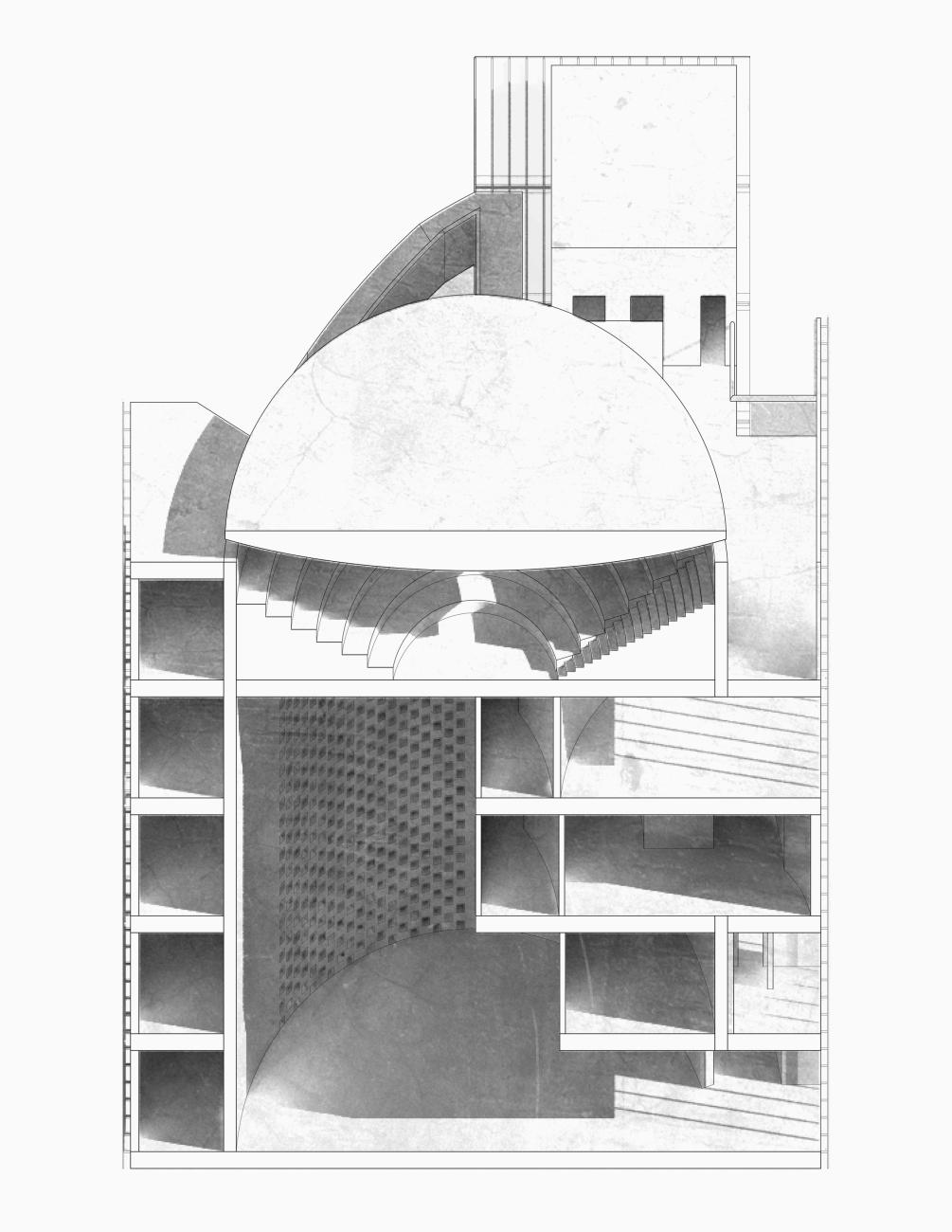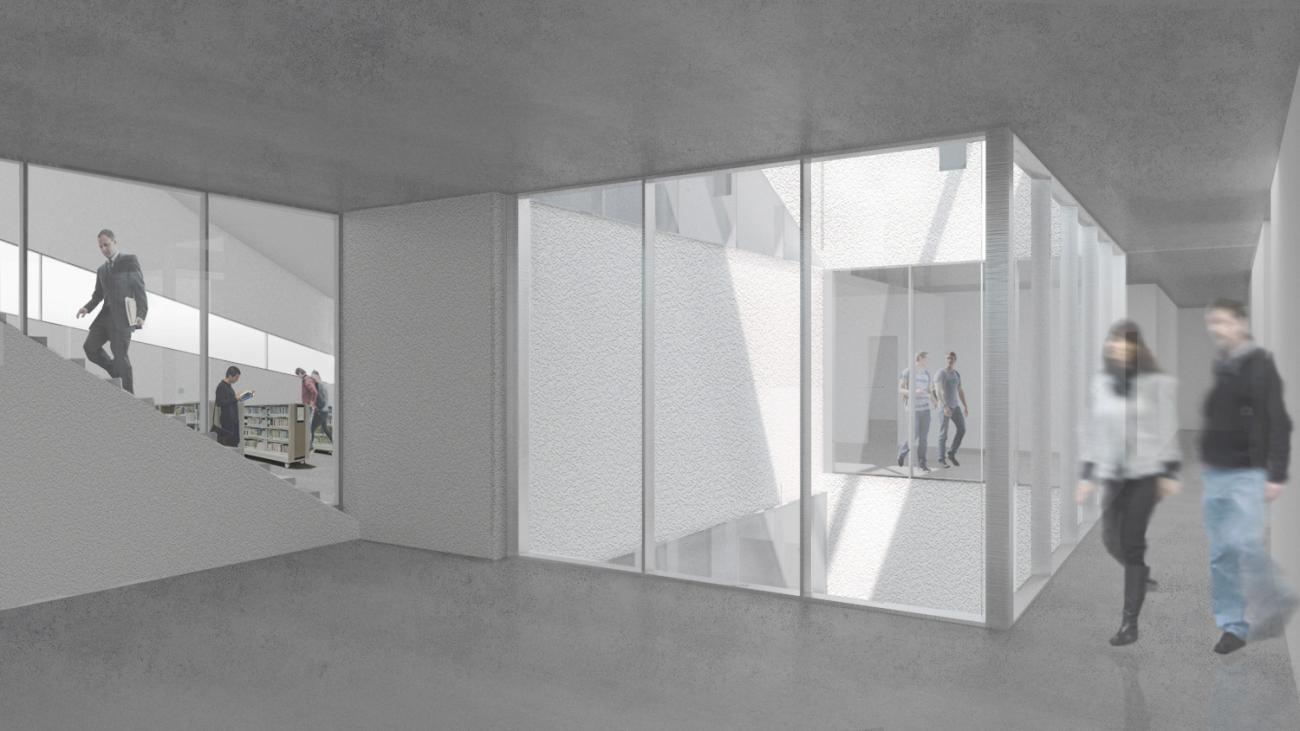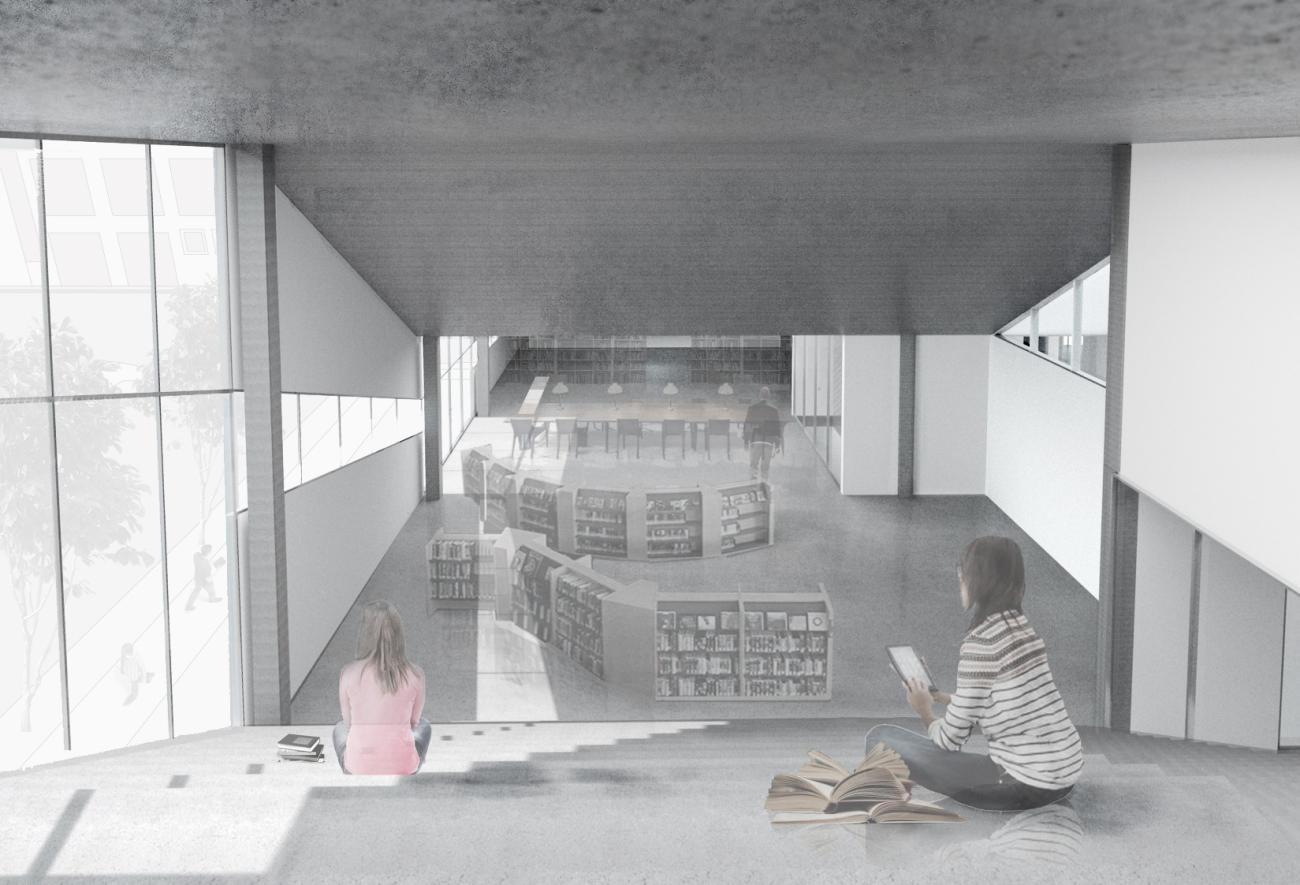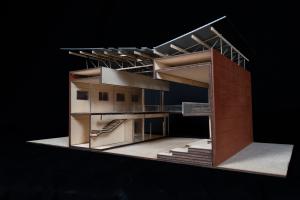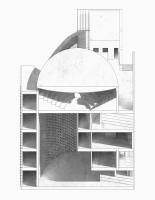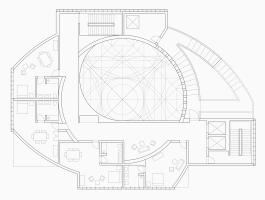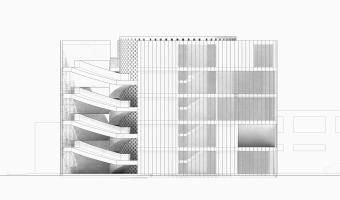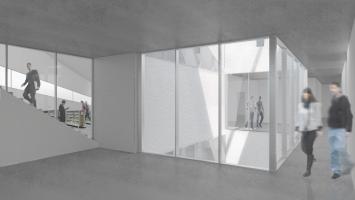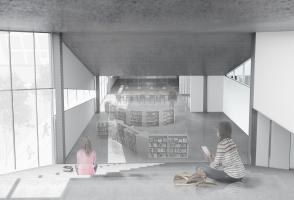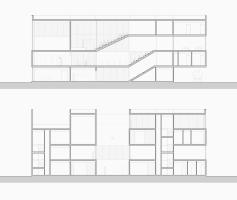Ordinary/ Extraordinary
As the prompt suggests, I was interested in exploring what constituted an ordinary building (and by implication what constituted an extraordinary building) to provide some critical context to the often implicit assumption that every studio project should be something more than ordinary.
Similar programs and sites were used for two sequential exercises. A small urban site was assigned to produce a 3-4 story building and emphasize sectional development. The programs for both exercises were typologically identical (office space + auditorium), but the program for the first exercise was generic, while the program for the second exercise was a specific institution (students chose one of the following: Asia Society, Land Trust, Planetary Society, Jung Institute, Interfaith Alliance).
The first exercise began with readings (Moneo, Rossi, Venturi) and drawing studies of the planning, form, and technology of standard building types (small office building and auditorium). For the second exercise, students were required to develop a space program including office space, auditorium and other spaces required by the specific institution. In addition to functional requirements, students researched the overall goals and activities of their specific institution as a basis for the concept.


